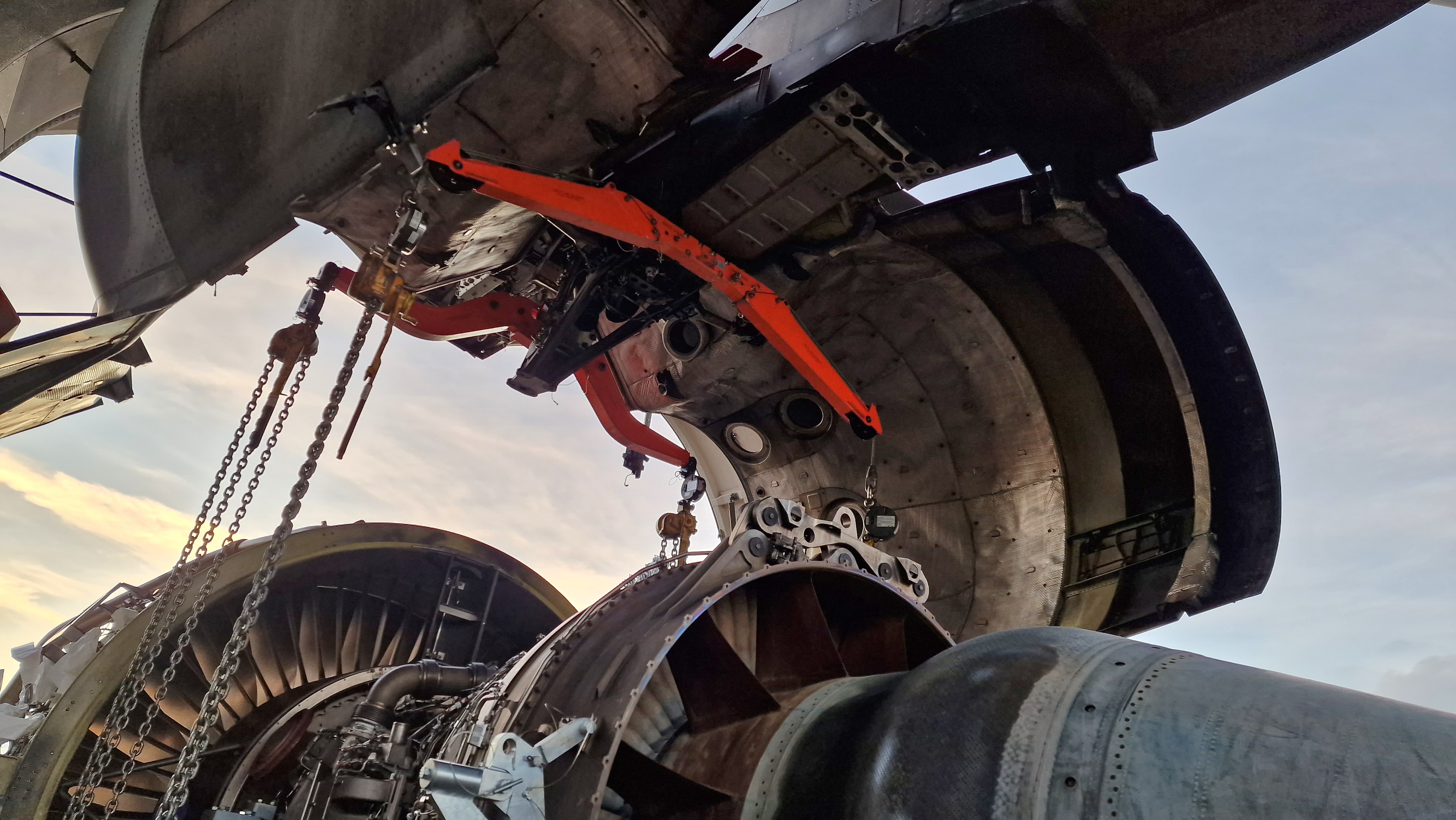When an aircraft is leased out from the lessor to a lessee there is a multitude of different requirements that must be satisfied and for the engine removals and subsequent installation and or storage.
Some of these requirements apply directly to high value components on the aircraft such as the engines. In many cases the engines are the single highest value part of the aircraft regarding a single component.
The engine, of course, is expected to wear and has a defined lifespan for some parts. Additionally, the engine is exposed to risk from impact or ingestion (such as a bird), or even just damage from a surge in severe weather conditions which can all result in the engine being damaged.
Therefor we expect to remove the engines at some stage during the lease, also the engine must meet return conditions and as such we have requirements to be met if we remove the engine. As a consideration we might also remove an engine for financial reasons, such as operating another engine on wing to maintain that the title engine does not need a shop visit at the lease end.
The lease agreement then will detail how such an event as an engine removal shall be managed with regards to expectations and correspondence.
“An Engine may only be removed from the Aircraft for testing, service, repair, maintenance, Overhaul, alterations, modifications, or substitution as authorised herein.
If any Engine is removed and not reinstalled on the Aircraft or installed in any other aircraft of the same type as the Aircraft operated by Lessee within sixty (60) days from the Engine removal, then Lessee, shall store and preserve such removed Engine strictly according to the AMM and the Maintenance Programme.
After the testing, service, repair, maintenance, Overhaul, alteration, or modification of the Engine is finalized, Lessee shall notify Lessor within ninety (90) days after the repaired Engine is installed on the Aircraft or another aircraft.”
What we can see here is that the removal is no issue, we need to let the lessor know and then depending on how long the engine will be not used we need to preserve the engine if required; following repair or modification then we must also let the lessor know once it is installed on the aircraft or another aircraft.
There are conditions about installing on another aircraft, to ensure that the lessor has control financially over their engine.
The lease conditions are clear and as such correspondence is always important throughout the lease term.
Follow us on LinkedIn and for more and why not consider one of our courses such as the Aircraft Technical Records Course
